The Acrolith statuary of ancient Greece with its contrasting marriage of materials is one of the inspirations behind Alexander Lamont’s 2018 Spring collection of furniture and lighting, Intarsia.
An Acrolith is a sculpture made of stone and other materials. To enhance the most beautiful features of the statue - the face, the exposed arms, feet and neck - smooth, precious stone such as marble would be used while the body would be sculpted in a “lesser” material such as wood or metal and then swathed in drapery or gilding. Acrolith sculpture was practiced at least until the 4th century BC and focussed on religious/cult figures. While it is rare for Acroliths to have survived intact (often all that remains are the marble sections of the sculpture) they are frequently mentioned in the writings of Pausanias, a Greek travel writer and geographer who published 10 volumes recounting his travels around Greece during the 2nd Century AD. Pausanias had a particular interest in the antiquarian and sacred world and his travel writings centred on the discovery of temples, statues, sacred rites and deities of ancient Greece. Much of our knowledge of the acrolith statues of ancient Greece comes from his writings which reveal that the materials to make these sacred sculptures were often sourced from the spoils of battles and mixed with local or more readily available ones. One statue that has remained largely intact is the Goddess of Morgantina, now housed in Aidone, Sicily after its repatriation by The Getty. In this larger than life statue of a goddess the head, arms and feet are carved in Parian marble while the veil and headdress – now missing – are thought to have been made in gilded bronze. The elaborately carved body with its sumptuous folds of drapery on the other hand is made from local limestone. It is a wonderful example of how a precious material such as marble can be used to highlight a simpler but equally beautiful one such as limestone, wood or metal.
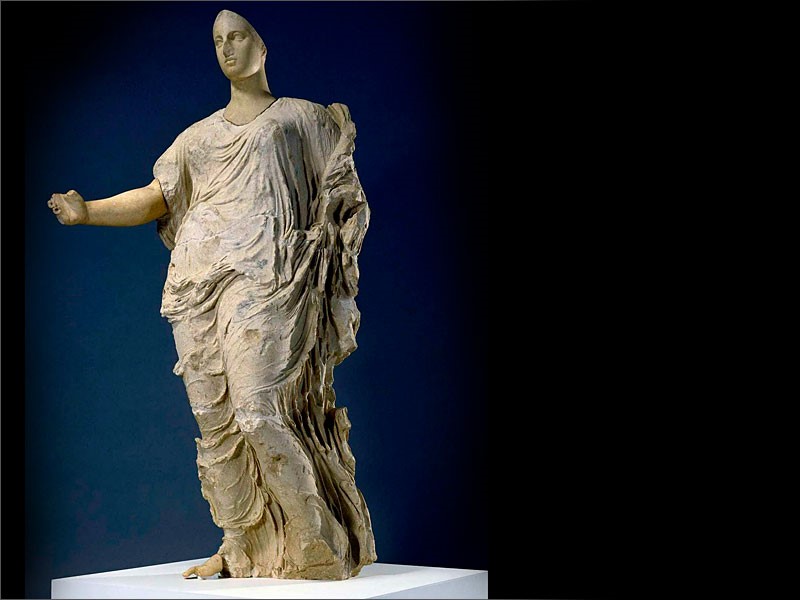
The Goddess of Morgantina Photo courtesy of HO/Reuters/Corbis
The story of the early Acrolith sculptures captured Alexander’s imagination. Keeping the fluid forms and shapes of the ancient world in mind Alexander created a group of lighting and small furniture in which two materials meet to form one beautiful whole. Using materials of deliberately contrasting colours and textures – dark patinated bronze against pale shagreen or crystal calcite stone or sleek parchment – Alexander and his team of artisans found ingenious ways to solve the challenge of bringing two very different materials together in one seamless form so that a precious material enhances the other simpler one to maximum effect.
The Acrolith Floor Lamp and The Aphrodite Table Lamp - Photo by John Hennequin
The simple column shape of the Acrolith Floor Lamp is cast in dark bronze-patina with one section replaced by a shaped and polished piece of turned natural calcite crystal. Cool, precious stone and warm bronze patina sit together in harmony and generously enhance the other’s characteristics. The realisation of this piece takes meticulous attention to detail from the selection of the stone which is handpicked from the quarry before it is cut and turned, to the fitting of the stone to the cast base of the lamp. This process can be done only once the stone has been carved and turned. Each piece is sent to the foundry where our artisans fit each one individually to the column of cast bronze and oversee the chasing and finishing of the piece.
The Aphrodite Table Lamps have delicate, fluid forms reminiscent of an ancient Greek amphora. Again the bronze-patina base must be individually cast to fit the top half which is turned hardwood finished with polished, ivory shagreen. It takes the expert hand and eye of our shagreen artisans to inlay the skins so smoothly onto the curved radius of the lamp base, and finish the edge so accurately that the two materials join together to make a perfect mirror image one of the other.
The Ovum Spot Side Table in Three Finishes - Photo by John Hennequin
The Ovum Spot Table is as sculptural as it is functional. The three tiered shape is reminiscent of the primitive idols of ancient Minoan culture bringing together two voluptuous polished bronze-patina forms with an egg at the centre in stone or eggshell lacquer. These precious materials in a simple round form – rich onyx marble with natural variations, cool calcite crystal and delicate pale eggshell swathed in natural black lacquer –highlight the beautiful curve and sheen of the cast bronze-patina base and surface of the table. As with the lamps each centrepiece must be selected, turned and finished before the rest of the structure is cast to fit each individual stone or lacquered globe.
Perhaps nothing matches the imperfect beauty and might of the Goddess of Morgantina, but the spirit of that ancient world lives on in Alexander Lamont’s pieces - in the precious, natural materials that he selects for his designs, that are hued, sculpted, cast and finished using the ageless methods of the past.
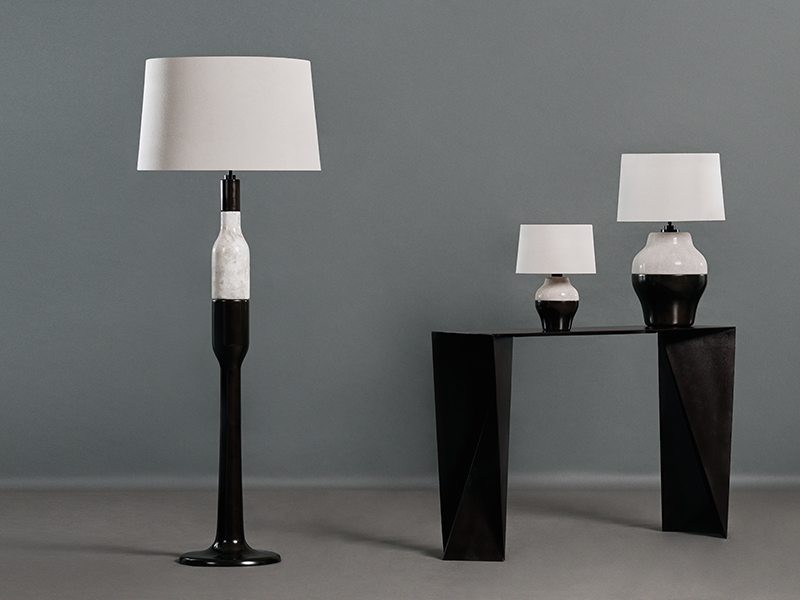
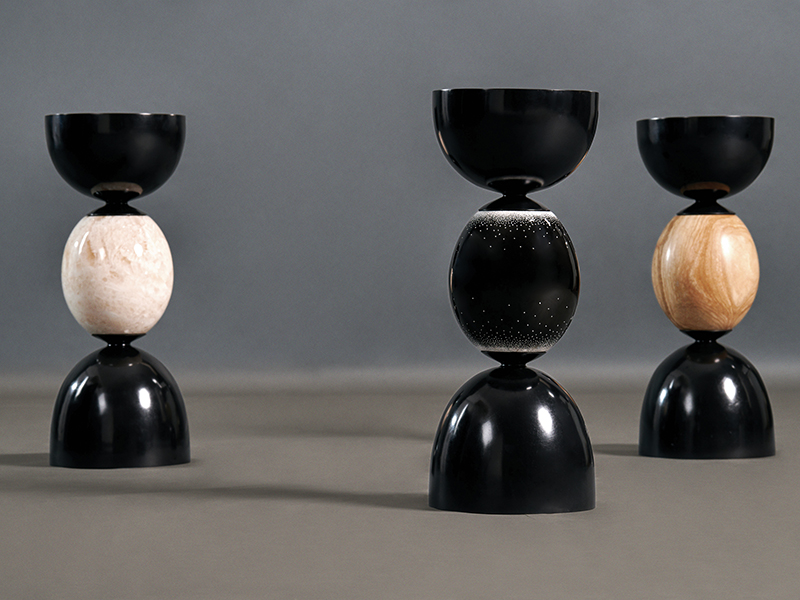
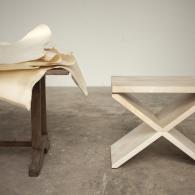


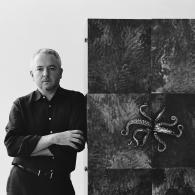
Add new comment